As an Amazon Associate I earn from qualifying purchases.
Selecting the right dish is essential to ensure your baking recipe turns out perfectly. Whether you’re baking a lasagna, casserole, brownies, or even roasting vegetables, the size and shape of the baking dish play a critical role. Among the most commonly debated baking dish sizes are the 2-quart baking dish and the 9×13 baking dish. At first glance, they may seem interchangeable, but these two dishes have unique features and uses that cater to different recipes.
This guide dives into the key differences between these baking essentials, helping you choose the right one for your kitchen needs.
What is a 2-Quart Baking Dish?
A 2-quart baking dish typically has a capacity of 2 quarts (or 8 cups) and comes in various shapes, such as round, square, or oval. A 2-quart dish typically measures 8×8 inches for square dishes or 11×7 inches for rectangular ones.
Key Features of a 2-Quart Baking Dish
Size: Holds approximately 2 quarts of liquid, making it ideal for smaller recipes or side dishes.
Shape Options: Available in round, square, and oval configurations.
Versatility: Great for dishes like side casseroles, cobblers, and small-scale lasagnas.
Portion Control: Perfect for 2-4 servings, making it a go-to for small families or individuals.
Best Uses for a 2-Quart Baking Dish
- Single-layer brownies
- Scalloped potatoes for a smaller group
- Macaroni and cheese
- Fruit crumbles or cobblers
What is a 9×13 Baking Dish?
The 9×13 baking dish is a kitchen staple for most households. With a capacity of approximately 3.5 to 4 quarts, it’s larger than a 2-quart dish and offers ample space for hearty, family-sized meals.
Key Features of a 9×13 Baking Dish
Size: Holds up to 4 quarts of liquid, accommodating larger recipes.
Shape: Rectangular and spacious, providing even cooking and more surface area.
Versatility: Suitable for everything from layered casseroles to sheet cakes.
Portion Size: Serving 6-8 people, it’s ideal for families or group gatherings.
Best Uses for a 9×13 Baking Dish
- Lasagna with multiple layers
- Large casseroles, such as chicken and rice
- Sheet cakes or bar cookies
- Roasted vegetables or meats for a crowd
Key Differences Between a 2-Quart Baking Dish and a 9×13 Dish
Capacity
The most significant difference lies in their capacity. A 2-quart dish holds about 8 cups of liquid, while a 9×13 dish can hold 14-16 cups. Recipes designed for a 9×13 dish cannot be fully accommodated in a 2-quart dish without overflow.
Portion Size
A 2-quart dish is best for 2-4 servings, making it suitable for intimate meals. The 9×13 dish, on the other hand, is designed for larger portions, serving 6-8 people comfortably.
Cooking Time and Heat Distribution
- A 2-quart dish has a smaller surface area, leading to faster cooking times for certain recipes, especially those that require even heating in a compact space.
- The 9×13 dish’s larger surface area allows for more even cooking across a greater volume but might require slightly longer bake times for certain recipes.
Recipe Adjustments
If you’re scaling a recipe up or down, it’s essential to match the baking dish size. For example:
- Halving a 9×13 recipe typically works well in a 2-quart dish.
- Doubling a 2-quart recipe often fits perfectly into a 9×13 dish.
Types of Recipes
- The 2-quart dish excels in side dishes or desserts.
- The 9×13 dish is best for main courses and recipes meant to feed a crowd.
How to Choose the Right Dish for Your Recipe
Consider the Recipe’s Ingredients
- For recipes with fewer layers (e.g., single-layer brownies or cobblers), a 2-quart dish suffices.
- For recipes with multiple layers, such as lasagna or layered desserts, a 9×13 dish provides the needed depth and space.
Think About Serving Size
If you’re cooking for 2-4 people, a smaller 2-quart dish will prevent waste. However, if you’re hosting a dinner party or preparing a meal for the week, the 9×13 dish is the better choice.
Adjust for Cooking Time
Smaller dishes often require shorter cooking times, while larger dishes may take longer due to increased volume.
Tips for Baking Success
Optimize for Even Cooking
Regardless of the dish size, ensure your ingredients are spread evenly. Uneven distribution can lead to overcooked edges and undercooked centers.
Don’t Overfill the Dish
Filling a baking dish too full can cause spillage and uneven cooking.Ensure there’s at least one inch of space from the top of the dish, and consider both the material and depth.
Consider Material and Depth
The material of your baking dish (e.g., glass, ceramic, metal) impacts heat retention and distribution. For both 2-quart and 9×13 dishes, ceramic and glass offer even cooking but may require longer preheating.
Conversion Tips: Scaling Recipes Between Dish Sizes
If you only have one dish size available, you can scale recipes as follows:
- To scale down from a 9×13 to a 2-quart dish: Halve the ingredients and reduce cooking time by 25%.
- To scale up from a 2-quart dish to a 9×13 dish: Double the ingredients and increase cooking time by 25%, checking periodically.
Final Thoughts
The choice between a 2-quart and a 9×13 baking dish depends on the recipe’s size, serving needs, and cooking requirements. Each has its place in a well-equipped kitchen, and knowing when to use which will elevate your culinary creations.
Amazon and the Amazon logo are trademarks of Amazon.com, Inc, or its affiliates.
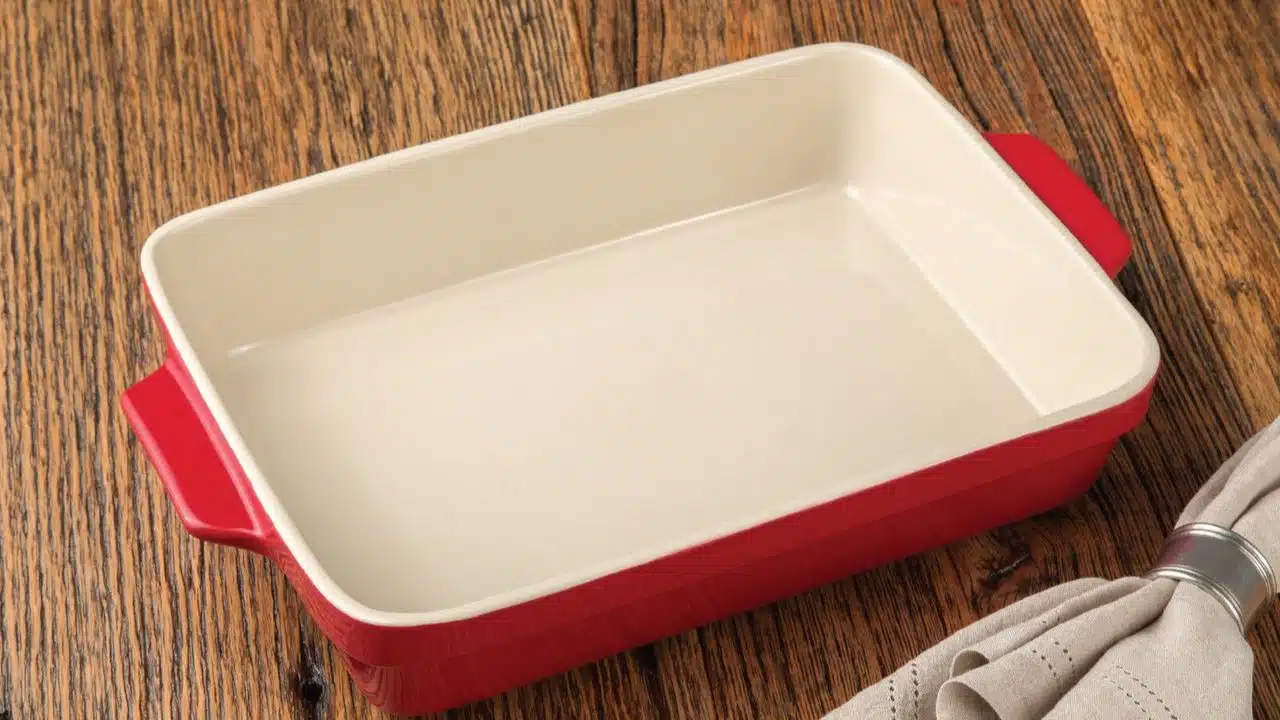
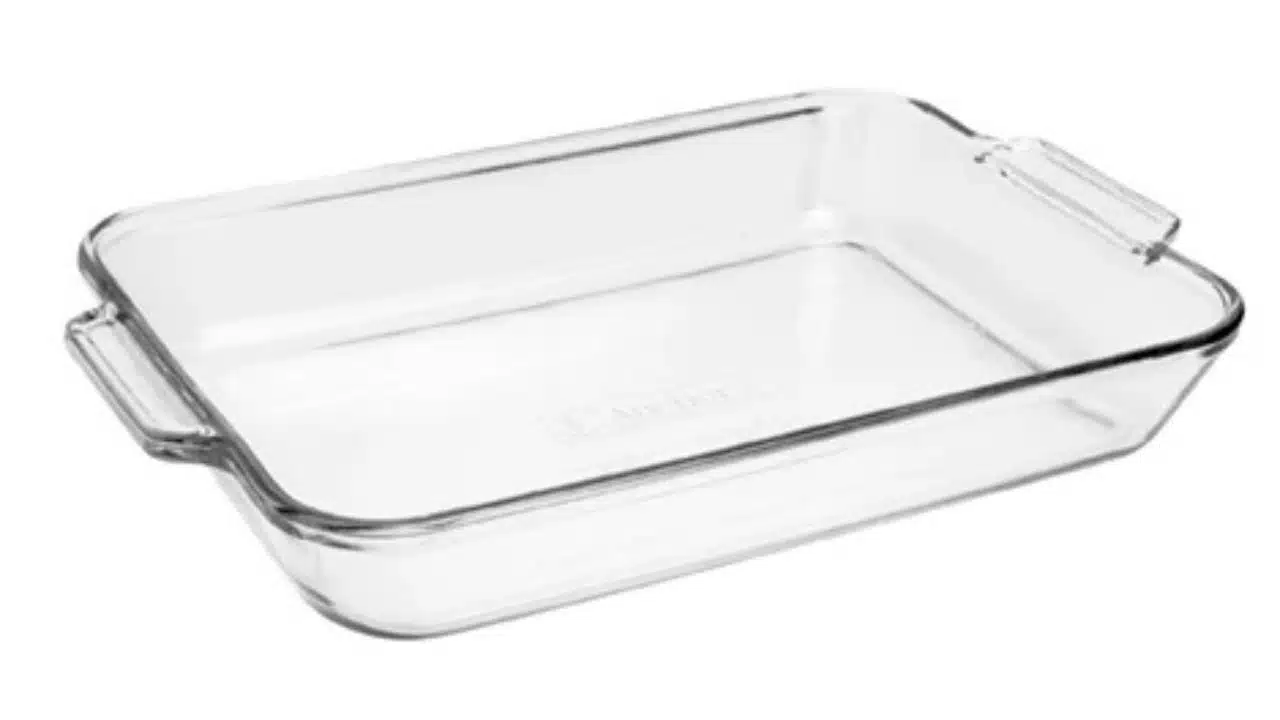
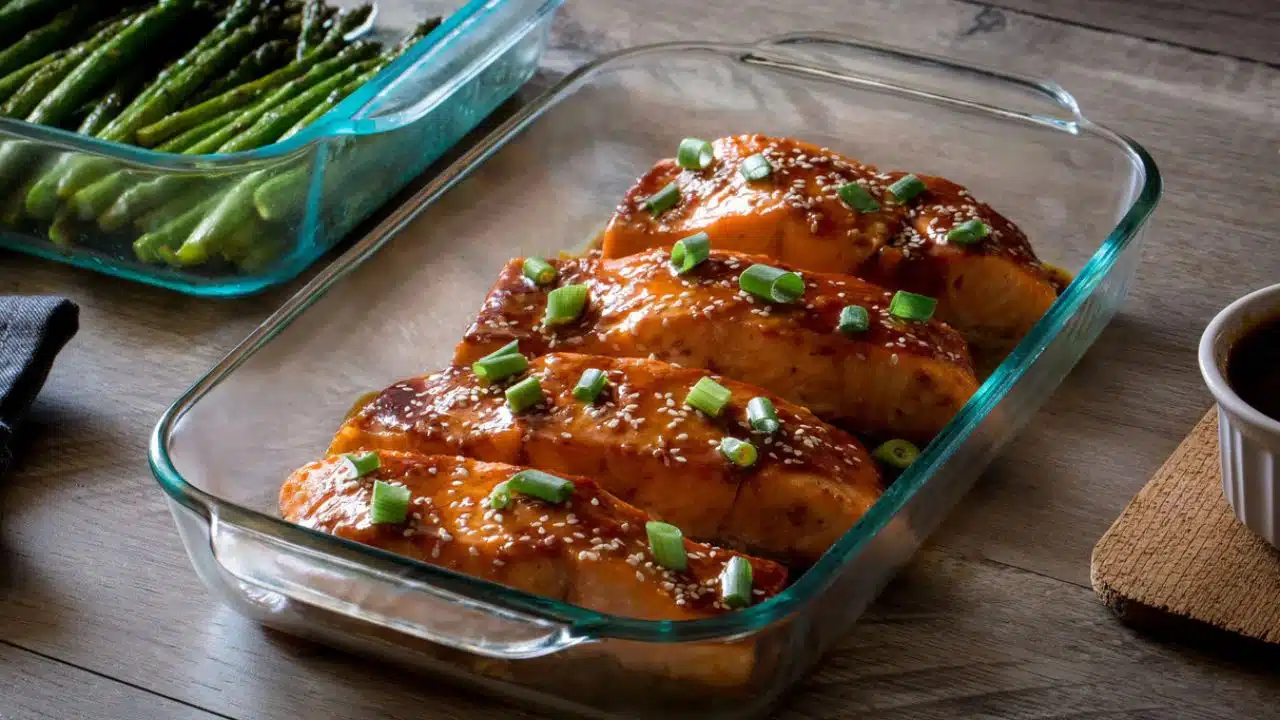
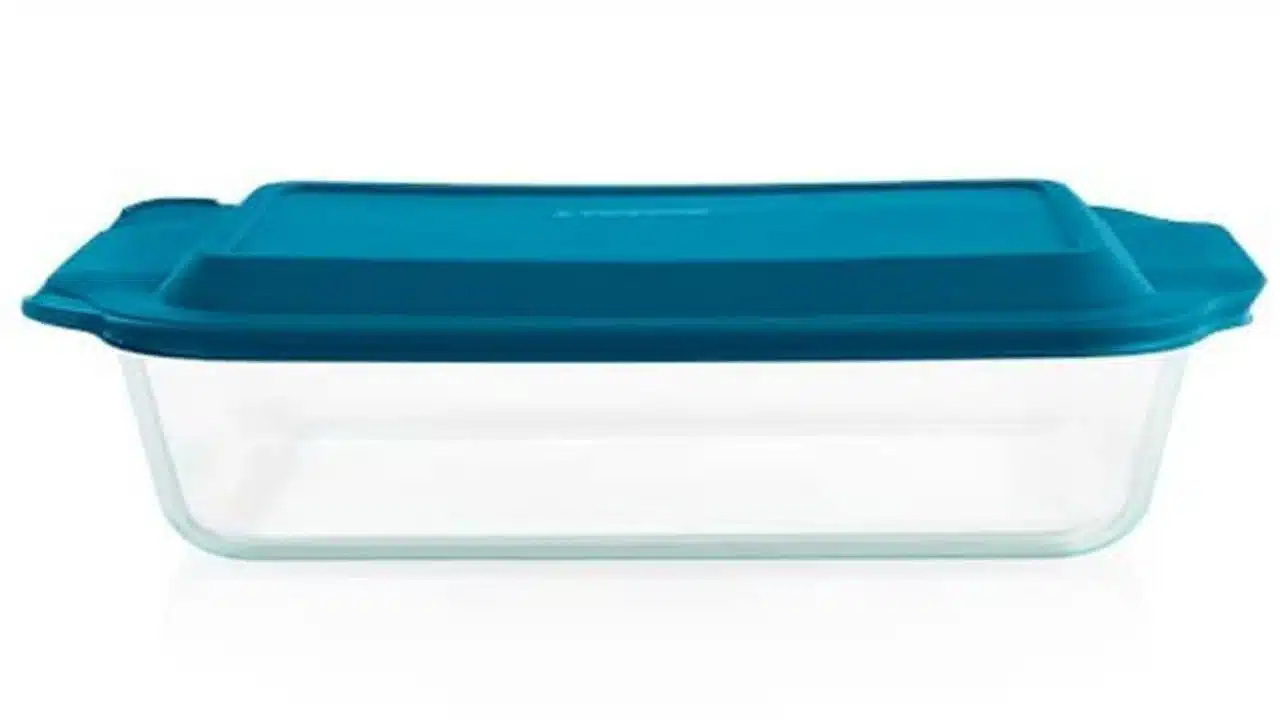
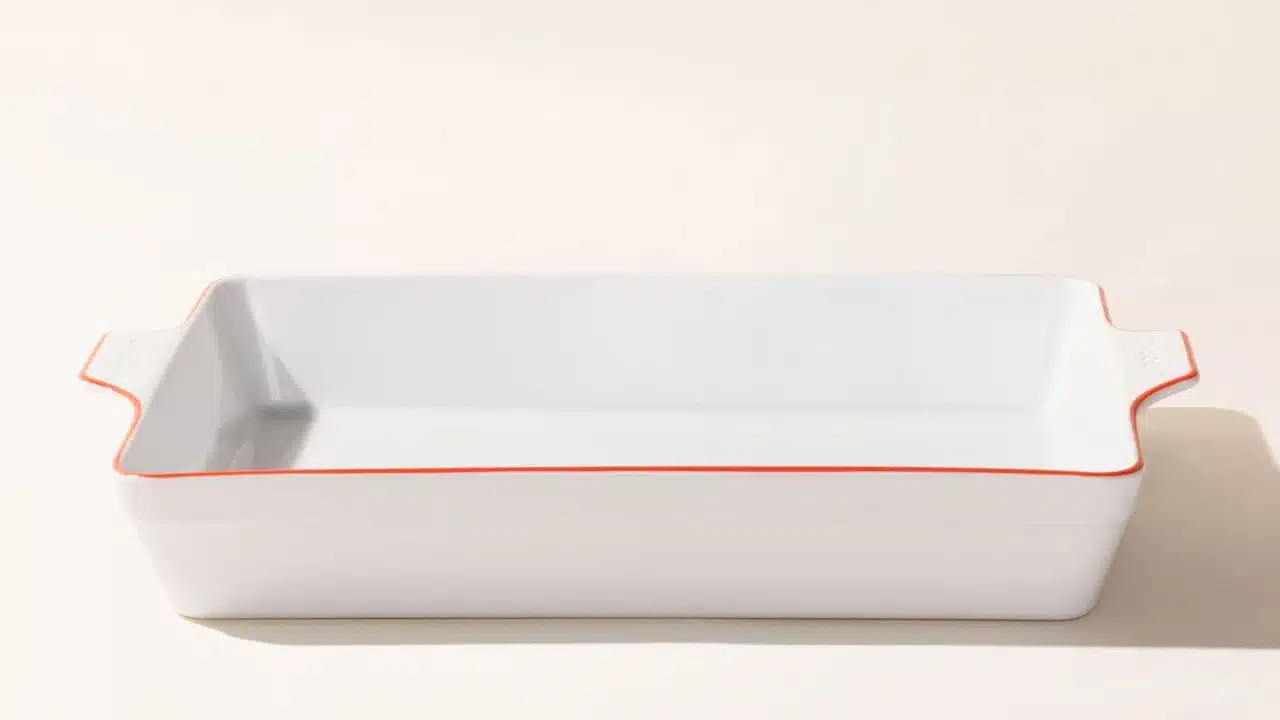
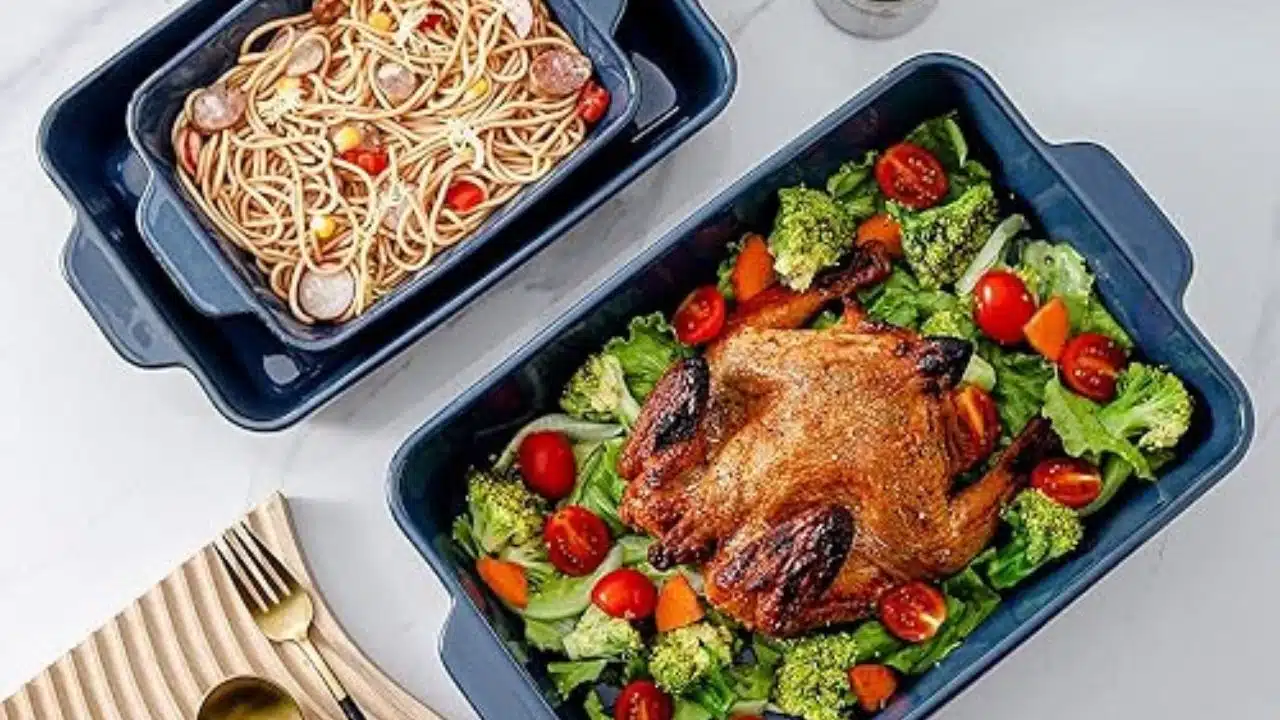
Leave a Reply